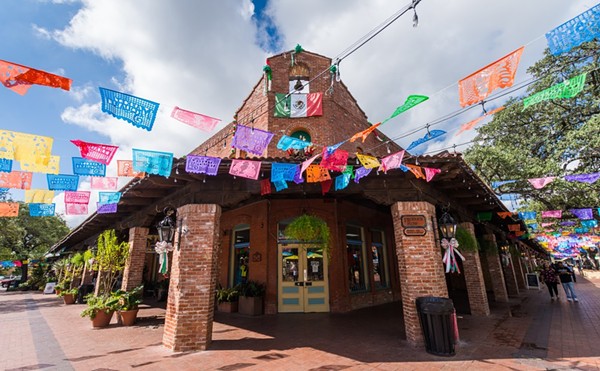With an extraordinary mix of desperation, hope, critical acumen, self-doubt, and sheer chutzpah, Daniel Pinchbeck launched himself several years ago on a psychedelic odyssey to comprehend the possibility of the End of Time — in our times. The result? His “extravagant thought experiment,” 2012: The Return of Quetzalcoatl.
Through the course of travels to Nepal, West Africa, England’s crop-circle fields, the Amazon jungle, and the Burning Man Festival, Pinchbeck narrates a pilgrimage, inner and outer, in search of the wisdom to constructively reimagine the chaos of his life and the world at large.
While Pinchbeck never loses touch with the realpolitik of our highly wired world (the collapse of the World Trade Center, which he witnessed firsthand, looms in the background of this book), the story of his voyage into psychic and spiritual terra incognita is worthy of serious attention.
Pinchbeck relates his various experiences with such mind-altering (some would say entheogenic; others would say illegal) plants and chemicals as ibogaine, ayahuasca, and DMT (N,N-dimethyltryptamine) with candor, and in fascinating and sometimes disturbing detail, openly declaring his desire to acquire hidden knowledge of nature’s subtler forces and the inner workings of cosmic time.
Allied to that seemingly grandiose ambition lies an autobiographical account of his very human condition: that of a man, torn between love for his partner and attraction to other women; determined to be a good father to his daughter, yet impelled to travel to the ends of the earth; and obsessed by visions of apocalypse.
Pinchbeck succeeds in making some — if not total — sense of the apparent conflicts among the impulses of his heart, his reason, and his visionary experiences. Between the extremes of his visions and heartaches, he sandwiches a series of brilliant essays on the development of research into human consciousness in its broadest sense. His reflections on Rudolf Steiner’s Anthroposophy, primate and human sexuality, and the significance of apparent human-alien contact in Whitley Strieber’s Communion are particularly striking.
Pinchbeck also describes himself as the recipient of an apparent “transmission” from the consciousness of a spiritual entity calling itself Quetzalcoatl. To the western European mind, perhaps the best mythic equivalent to Quetzalcoatl would be King Arthur, “the ‘Once and Future King’ destined to return and restore harmonic order.” In Meso-America, Pinchbeck relates, Quetzalcoatl, the “bearded wisdom-teacher from across the seas,” was believed to have been an actual king in the jungles of Mexico, and to have diffused civilization among many peoples. He was defeated by magicians of the god Tezcatlipoca, and left on a raft of serpents, vowing to return. Serendipitously(?), the very day the Aztecs believed Quetzalcoatl had prophesied his return — Good Friday, 1519, or “1 Reed in the year of 1 Reed,” in the Mayan calendar — was the day Hernán Cortés and his men arrived on the beaches of Chalchicueyecan.
Through an extraordinary reflection on the meaning of time to the ancient Meso-American peoples, focusing on the Mayan Calendar, Pinchbeck invites his reader to wonder whether such apparent accidents of history are not, in fact, part of a much grander braiding-together of time and consciousness.
His inquiry explores in depth the Mayan concept that time will end on December 21, 2012, a date of great importance to New Age prophets, such as José Argüelles, but just a feature of the calendar to anthropologists.
It is on that date, Pinchbeck writes, that “the sun will rise within the dark rift at the center of our Milky Way galaxy, an event that occurs once every 25,800 years.”
Pinchbeck is not naive enough to suppose that that event alone will catapult humanity into a brave new world of peace and prosperity. He realistically contemplates various nightmare scenarios we may yet create for ourselves.
If all this is not mind-expanding enough, Pinchbeck suggests that the French Jesuit paleontologist Teilhard de Chardin prophetically conceived that the metaphysical effect of interlinking computers and radio-telephony would be a new sphere of thought he called “the noosphere,” linking us all in global telepathy and spiritual communion.
Is this scenario, then, the beginning of the End of Time?
Despite all its strangeness, Pinchbeck’s 2012 provides a worthy counterpoint to the blood-soaked “end times” visions mass-marketed by believers in the Four Horsemen of the Apocalypse.



















